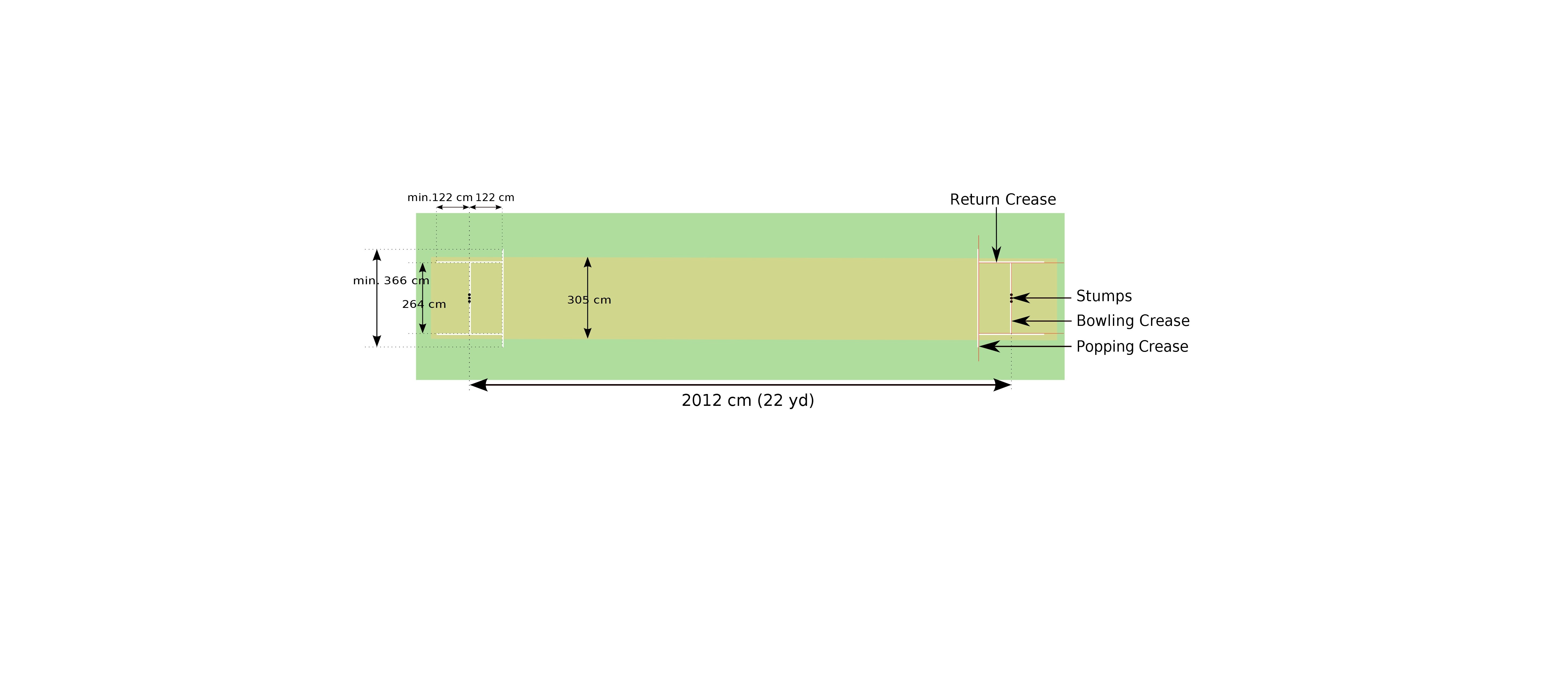The Noob's guide to LBW and the DRS

So are you one of those cricket pundits who jumps up every time when they show an lbw decision on TV and says, “That's obviously plumb!”? Then you may directly skip the next section. The rest of us mortals shall plod on.
Suppose Mohammad Shami comes out of his injury and bowls in his first match. It's the second session of the day. He runs in, and sends down a 140 kmph in-swinger, and the ball pitches just outside off-stump, moves in to hit the batsman, who is standing back at the crease and misses his defense completely, and it raps him on the pads with one-third of the sphere within the line connecting the outer edges of the off-stumps on either side of the wicket, midway between the ankle and the knee and would have definitely hit the stumps if not for that leg firmly rooted in its path. Is it out or not?
Out right? Or not out? Hmm yeah, out. That was easy. Now imagine the umpire in the middle, who has no access to all these replays and no time for all this silent introspection after standing in the sweltering heat all day. And now imagine he needs to look down at the bowler's feet to see if the bowler's back-foot landed within and not touching the return crease, his front foot landed with at least a part of it behind the popping crease just before looking up to record the entire scenario.
So, the leg before wicket (lbw) involves six important points of decision. While the first and second are straightforward enough, the rest are not so much.

For those wishing for a more visual representation of the lbw, the inimitable Stephen Fry video on the MCC site should suffice:
DRS
Now that we have the basic stuff cleared, let's get on to the elephant in the room – the DRS. The Decision Review System or the Umpiring Decision Review System is a technology introduced into cricket some eight long years back – ironically enough in an Indian series, the India tour of Sri Lanka of 2008. An almost comically one-sided streak of bad luck, comical if you were on the right side, plagued the Indians through the trip as the Sri Lankans got 11 DRS appeals right while India got only one right. MS Dhoni, who missed the fateful tour, and the BCCI have since then been vehemently opposed to the technology. Eight years hence and that still remains the case, although India had its fair share of good fortune from DRS in the 2011 WC. India have opposed the implementation of the system tooth and nail, and the ICC has had no option but to make it optional, that is it shall be used in a match only if both the teams agree upon it.
Components of DRS
Before we go into the legitimacy of India's resistance, however, let's understand a bit of the system in itself.
The DRS has three components.
-
The Hawk-eye: The 'predictive' technology that is used in lbw decisions to determine whether the ball would have hit the wicket if the interception by the batsman had not occurred, through plotting its trajectory based on the path taken before it was intercepted.
-
Snickometer : A system using microphones to pick up sounds made by contact of the ball with the bat or pad or any other part of the body before it was caught by the keeper.
-
Using a superimposition of the sound wave with the slow motion video of the batsman in the lateral view, the technology identifies the exact point when the event causing the sound occurred
-
the tone of the sound picked up as well can point to the nature of the object that the ball came in contact with
-
used in coordination with the next technology – the hotspot, it can be more accurate
-
-
Hot spot: An infra-red imaging system that picks up heat caused by the friction between the ball and the surface it came in contact with. This is the system that came under the spot when Michael Vaughan accused VVS Laxman of applying vaseline on his bat, thereby reducing the friction between bat and ball. Vaughan has his moments of madness, but even for him this was way overboard, and he was lucky he had the gentleman from Hyderabad on the other side.
Anyways, the Snickometer has mostly passed under the radar as it has a good level of accuracy. The Hot-spot, though it has had its share of problems including the Nathan Lyon incident in the Australia vs New Zealand match has been better off. The chief bone of contention has been the Hawk-eye – the only predictive technology out of the three.
Hawk-eye
Do keep in mind, this Hawk-eye is different from the one we see in tennis, the difference being
-
in tennis, the event of the ball pitching on the ground has actually occurred
-
and the ball travels almost the entire length of the court before contact with the ground
Hawk-eye has its own set of intricacies and shortfalls, exactly because of which the ICC has recognized it as a blunder-correction mechanism than an alternative to the umpire on the field. Unless Hawk-eye can predict the opposite outcome with a high margin of confidence, the original decision of the umpire shall hold.
With that in mind, the first four decision points seem straightforward, given they are events that actually happen.

Except for the use of the 'more accurate' snicko and hotspot, the DRS does not lend itself to much confusion until here. The tricky part begins next on points 5 and 6 – the 'big black box' involving the point of impact and expected course of the ball if not for the impact.

In an effort to allow for the umpire's discretion in the scenario of an imperfect system (as all systems ever made by mankind are), the DRS has brought in stricter levels of discretion on itself.
-
Blackstone's formulation of “It is better that ten guilty persons escape than that one innocent suffer" – the DRS system has stricter guidelines on the reversal of a 'Not out' decision than the reversal of an 'Out' decision.
-
Any reversal needs to clear higher levels of accuracy than demanded of the umpire - While the umpire can call that the ball is hitting the stumps if any part of the ball would have hit any part of the stumps or bails, with DRS the center of the ball needs to have hit an area between the middle of the outer stumps and the lower edge of the bails.
Despite India's stubborn opposition to the DRS, the system has its definite merits that more than outweigh the demerits. If a system can increase the number of accurate decisions made by even a fraction in the long term, it should be welcomed with open arms.
However, where it fails is in the implementation – the battle that the BCCI has inexplicably ignored while choosing to fight a battle on flimsy principles. The system requires six high frame-rate cameras installed at specific points around the ground. At present, the entire set-up is left to the broadcasters, who have bunged time and again with a lesser number and lower quality of cameras. While one does not know the exact costs involved in setting up the cameras and inevitable accessories, one is left to wonder if it is really beyond the capacity of the cash-rich cricket bodies, especially to spend on an issue that has divided the cricketing world and caused rifts even among the 'Big Three'.

Comments
Sign up or log in to your account to leave comments and reactions
0 Comments